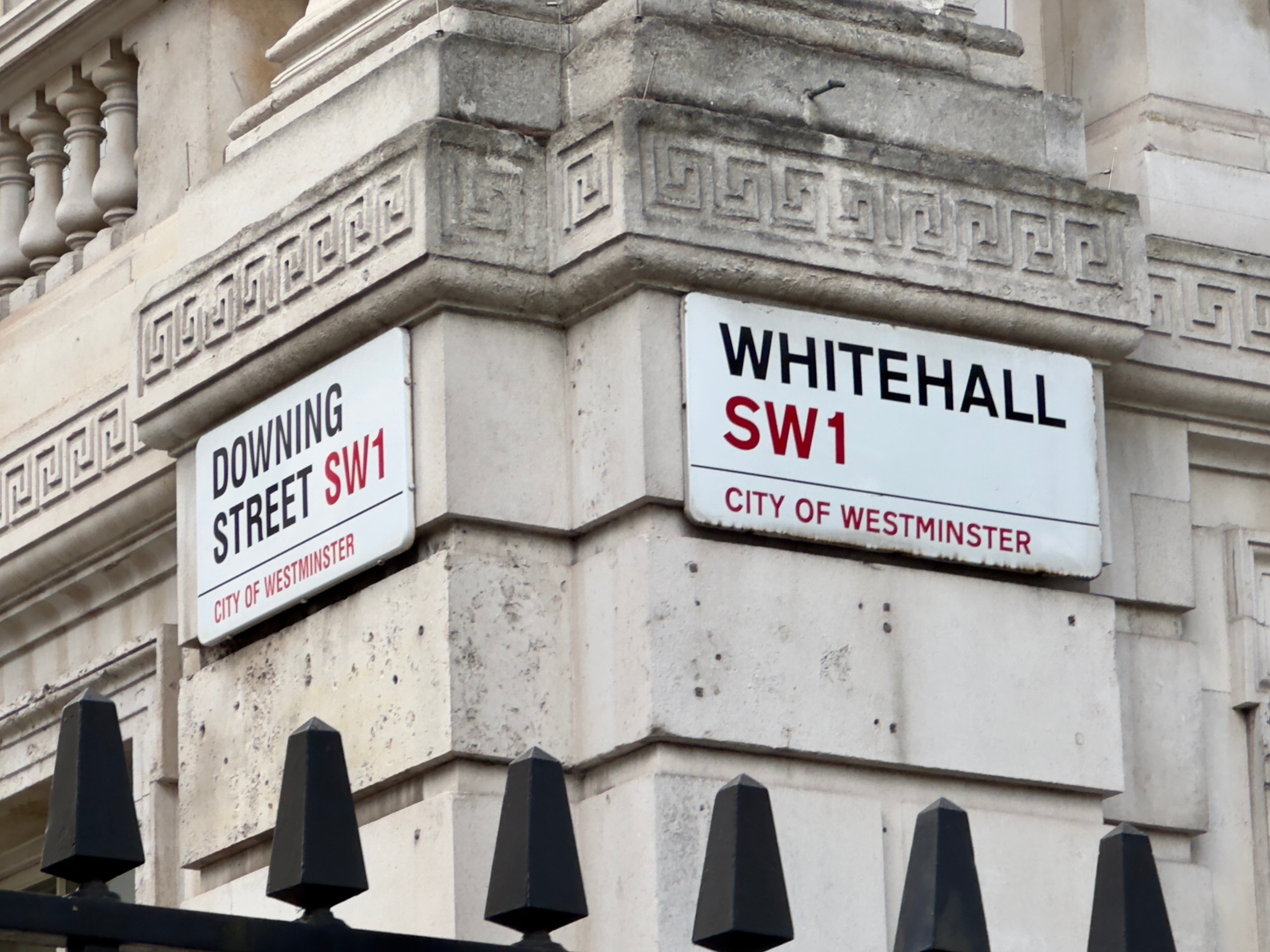

Chancellor’s Spring Statement 2025: A Push for Growth Amidst Economic Challenges
The Chancellor delivered the Spring Statement 2025, aiming to balance public finances after losing financial flexibility following the Autumn Budget. With the Office for Budget Responsibility (OBR) cutting the country’s growth forecast for 2025 to just 1%, the Chancellor defended her decisions, expressing frustration over slow growth projections. She highlighted that it would take time for reforms to show positive results but stressed that increased defence spending, planning reforms, and targeted efforts in housebuilding and construction would help stimulate growth.
Key Announcements and Economic Outlook
The Spring Statement introduced several measures to support economic growth:
- Infrastructure and Housing – £625 million has been allocated for construction skills to increase capacity to deliver 1.5 million homes and progress critical infrastructure projects. Additionally, £2 billion will be invested in social and affordable housing between 2026 and 2027, delivering 18,000 homes.
- Defence Spending Boost – Defence spending will rise to 2.5% of GDP from April 2027, with a £6.4 billion increase by 2027 to support the UK’s defence industry. A new £400 million budget will speed up defence innovation, focusing on AI, autonomous systems, and new technology.
- Tax and Public Finances – An additional £114 million will be invested in recruiting 600 HMRC debt management staff and 500 compliance staff to tackle tax avoidance and improve collection efficiency. Penalties for late payments will also increase.
- Welfare and Public Sector Efficiency – Administrative budget reductions of 15% across departments by 2030 will generate £2.2 billion in annual savings. Meanwhile, the Universal Credit standard allowance will increase above inflation from April 2026.
Economic and Fiscal Forecast
The OBR downgraded GDP growth for 2025 to 1%, a significant drop from the previous 2% forecast in October 2024. Growth is expected to improve slightly to 1.9% in 2026 and remain around 1.8% annually through 2029.
Inflation is forecasted to rise to 3.2% in 2025, driven by higher energy prices, food costs, and water bill increases. Export volumes are expected to decline by 0.1% in 2025 but gradually recover from 2026 onwards.
Business Investment is forecasted to drop by 0.2% in 2025, with a sharp fall of 1.8% in 2026 before rebounding in the following years. Meanwhile, the unemployment rate is expected to rise to 4.5% in 2025 before gradually decreasing.
Reaction from Business Leaders
While welcoming increased defence spending and support for infrastructure, business leaders expressed concern over rising costs and potential impacts on growth. Higher national insurance contributions and the rise in the national living wage are expected to impact 82% of businesses, forcing many to raise prices, delay investments, and reduce hiring.
There are also concerns about the Employment Rights Bill, which is expected to have a negative impact on employment, productivity, and prices. Businesses have called for a clear tax roadmap to reduce uncertainty and encourage investment.










